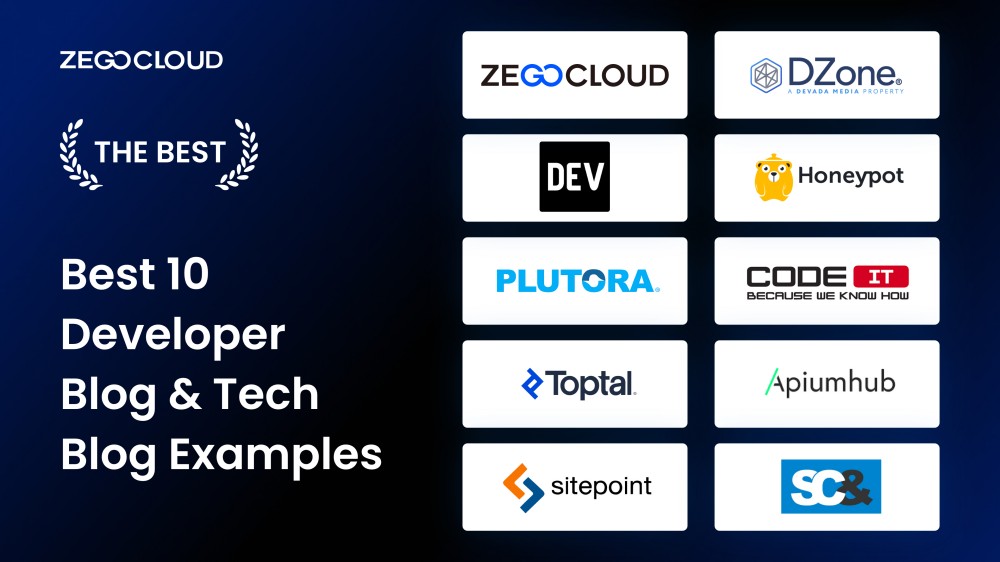How Blockchain Modern Technology Is Revolutionizing Information Protection
Blockchain innovation is fundamentally modifying the landscape of data safety by presenting a decentralized framework that promises enhanced openness and resilience. Unlike standard systems, which count on centralized data repositories, blockchain distributes information throughout a network, reducing susceptabilities and single points of failing. Making use of advanced cryptographic techniques makes sure that data stays tamper-proof, fostering count on among stakeholders and users. As sectors quickly adjust to this technology, inquiries develop regarding its wider effect and potential challenges. What effects does this shift hold for future data protection strategies and governing structures? The solutions may surprise you (Best tech blog).
The Basics of Blockchain
Blockchain technology, a cutting edge idea in electronic data management, basically transforms just how information is kept and secured. At its core, a blockchain is a distributed ledger that tape-records deals across a network of computers, making sure openness and immutability. The technology operates a chain of blocks, each consisting of a listing of deals. When a block is loaded, it is time-stamped and connected to the previous block, developing a chronological chain.
Secret to understanding blockchain is the hashing procedure, which encrypts purchase data right into a distinct alphanumeric code. This cryptographic function guarantees that any kind of change in the transaction data results in an entirely various hash, therefore securing against meddling. The consensus mechanism, another important component, confirms and confirms brand-new purchases via a network of nodes, thus getting rid of the requirement for a centralized authority.
In addition, blockchain's append-only structure ensures that information, once included, can not be deleted or modified. This characteristic warranties a verifiable and permanent record of deals, cultivating depend on among individuals. As a result, blockchain offers a durable structure for information stability, offering industries a trusted approach for monitoring and managing digital details in a safe, clear manner.
Decentralization and Protection
Decentralization, a core principle of blockchain technology, substantially enhances data security by distributing control throughout a network as opposed to relying upon a singular, centralized entity. This distribution alleviates the threat of single points of failing, which are common in traditional central systems. By distributing data across countless nodes, blockchain makes certain that even if one node is compromised, the whole network remains safe and secure. This redundancy not only strengthens the honesty of the data however additionally enhances its strength to cyberattacks and system failings.

Moreover, decentralization empowers customers with better control over their data. Each participant in the network has accessibility to the entire blockchain, enabling them to verify and audit transactions independently. This transparency promotes count on among customers, as they do not need to count on a main authority to ensure information honesty. Overall, decentralization contributes in boosting information safety and security in blockchain networks.

Cryptographic Techniques
At the heart of blockchain technology, cryptographic strategies play a pivotal duty in guarding data, guaranteeing both privacy and honesty. These strategies are foundational to the blockchain's ability to securely videotape purchases in a decentralized fashion. Cryptography in blockchain employs a combination of crooked and symmetrical algorithms to encrypt data, making it obtainable just to licensed parties - Best tech blog. Public and exclusive key sets are central to this process, enabling protected verification and identification verification without disclosing delicate information.
Hash functions are another vital component, transforming input information right into a fixed-size string of personalities, successfully producing an one-of-a-kind digital finger print for each block. This ensures that any attempt to modify the information will lead to a totally different hash, therefore maintaining the immutability of the blockchain. Digital signatures verify the credibility and integrity of deals, offering a layer of non-repudiation.
The decentralized nature of blockchain, incorporated with durable cryptographic strategies, gets rid of the demand for intermediaries, minimizing possible vulnerabilities. As blockchain modern technology evolves, improvements in cryptography such as zero-knowledge proofs and homomorphic security continue to improve security procedures, even more fortifying information defense in this advanced digital ledger system.
Use Cases Across Industries

In the healthcare sector, blockchain ensures the safe storage and sharing of individual documents, promoting interoperability while guarding sensitive data from unauthorized accessibility. This technology encourages people with control over their case history and facilitates smooth coordination amongst medical care carriers.
Supply chain management benefits dramatically from blockchain's immutable ledger, which ensures traceability and credibility of products from beginning to customer. By improving transparency, blockchain helps minimize problems such as counterfeiting and underhanded sourcing.
In addition, blockchain's decentralized nature is improving the power sector by making it possible for peer-to-peer energy trading, where customers can get and market excess renewable energy directly. This fosters an extra efficient and sustainable energy community.
In the realm of copyright, blockchain provides a tamper-proof system for designers to register and shield their jobs, guaranteeing rightful acknowledgment and reasonable payment. These varied usage cases highlight blockchain's duty as a pivotal pressure in redefining data security throughout industries.
Future of Information Protection
As we look to the future of data security, blockchain innovation is positioned to play a crucial duty in protecting digital information. With its decentralized and unalterable features, blockchain uses a robust structure for securing sensitive data against unauthorized access and cyber risks. This technology go now guarantees that once information is videotaped, it is almost impossible to alter without detection, thus supplying a significant benefit over typical information storage approaches.
The combination of blockchain visit this page with various other advanced modern technologies, such as expert system and the Web of Points (IoT), is anticipated to enhance data security methods even more. By leveraging wise contracts, organizations can apply and automate safety and security procedures, reducing human mistake and boosting performance. Additionally, blockchain's ability to give deducible and transparent transactions will reinforce count on and responsibility in data management techniques.
As regulative landscapes progress, blockchain's compliance-friendly nature will certainly become significantly relevant. It can aid companies fulfill strict data protection regulations, such as the General Data Defense Guideline (GDPR) and the California Customer Personal Privacy Act (CCPA), by providing verifiable records of data processing activities. Eventually, blockchain's special features position it as a transformative device in the continuous pursuit to safeguard the electronic globe versus ever-evolving cyber hazards.
Verdict
Blockchain modern technology stands for a paradigm change in information safety by leveraging decentralization and cryptographic techniques to improve transparency, trust fund, and data honesty. Its ability to eliminate solitary factors of failing and employ agreement systems significantly lowers the threat of fraud and cyberattacks. This ingenious framework not just equips users with higher control over their data but additionally straightens with governing compliance. As cyber risks develop, blockchain emerges as a crucial device for durable data defense across different industries.
Blockchain modern technology is basically modifying the landscape of data protection by presenting a decentralized structure that promises boosted transparency and durability. Unlike typical systems, which rely on centralized data repositories, blockchain distributes data throughout a network, minimizing susceptabilities and single points of failing.Decentralization, a core concept of blockchain technology, dramatically boosts data safety and security by distributing about his control throughout a network rather than depending on a single, central entity.At the heart of blockchain modern technology, cryptographic techniques play an essential role in guarding data, guaranteeing both discretion and honesty.Blockchain technology represents a paradigm change in data protection by leveraging decentralization and cryptographic methods to enhance openness, depend on, and information honesty.